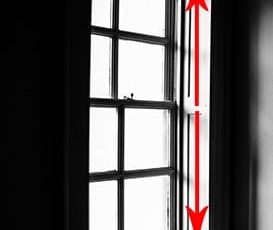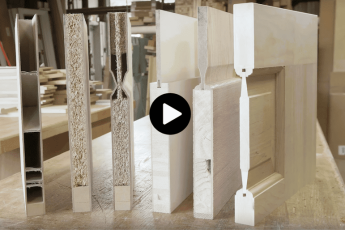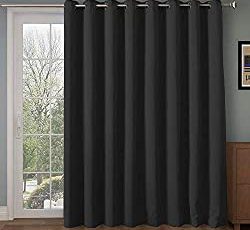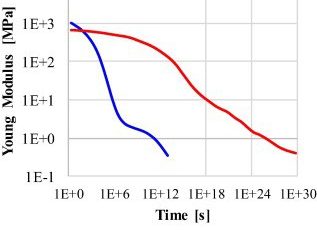Soundproofing a garage can be done in many different ways. You can build a room within a room or simply use acoustic blankets. You can also choose to use materials such as insulated plasterboard or mass-loaded vinyl. For a more DIY approach, you can even consider building a wall instead of doors.
Building a room within a room to soundproof a garage
Building a room within a room to eliminate noise is an effective way to soundproof your garage. While it’s not as effective as soundproofing the entire garage, it is much cheaper and more convenient than installing expensive walls and doors. One advantage of building a room within a room is that it can accommodate more expensive, higher quality soundproofing products. Whether you’re looking to soundproof a garage for a new car, a home office, or an extra space for storage, you’ll want to consider this option.
First, you should decouple the walls. This can be done several ways, but the best method is to build a second wall a few inches away from the foundational wall. A deeper wall means there’s more air space, which helps isolate low frequencies.
Soundproofing your garage’s windows is another good way to reduce noise. You can buy window blankets and curtains that contain special materials to absorb noise. Many amateur music studios use these materials to keep their spaces soundproof. They can reduce the noise by as much as 50%. Besides window curtains, you can also install acoustic blankets or tiles on the walls.
Another great advantage of soundproofing a garage is that it’s possible to convert the space into a jamming area or recording studio. It’s also easier to soundproof a garage than a room because it’s a blank canvas.
Using insulated plasterboard
The basic rule for soundproofing a garage is to ensure that the walls are insulated, as sound can be transmitted through gaps in a wall. Using insulated plasterboard in the walls can help prevent sound from traveling through the walls. It is important to ensure that the insulation does not come into contact with any electrical cables or recessed lights, or with plasterboard gaps.
Acoustic blankets are another good way to soundproof a garage, but they are not cheap. They are sold in big cuts, which can be difficult to cut and install. Another less expensive option is to use a moving blanket over the walls, which does not restrict movement but still blocks sound. The ceiling should also be soundproofed, as this is where sound travels from the walls. However, this is not necessary if the garage isn’t heated.
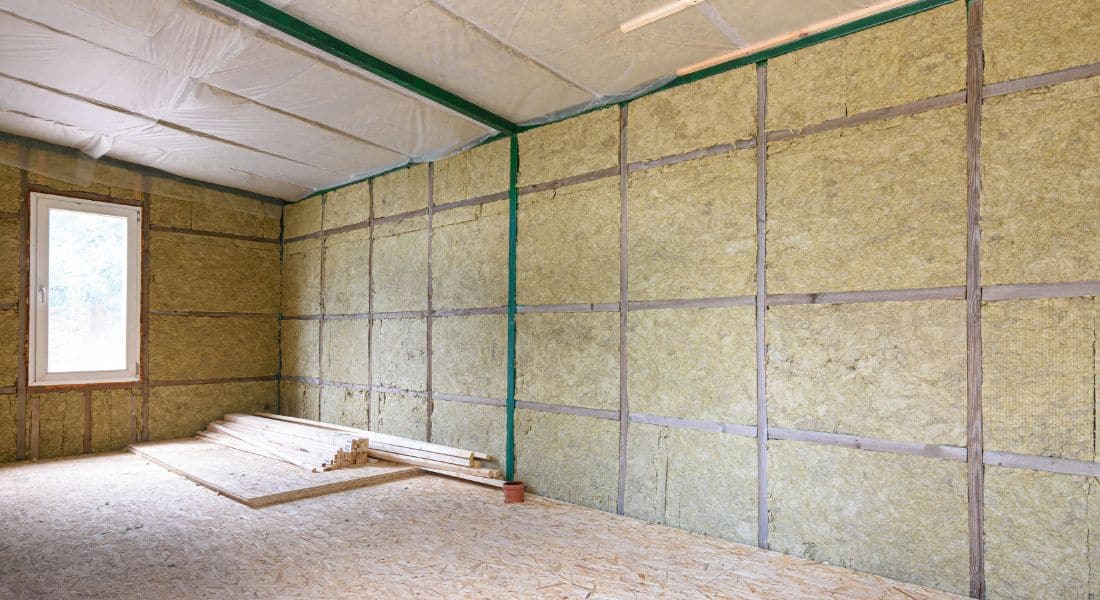
If your garage has a door, you can install fiberglass panels directly on it. This can be done by using spray adhesive, or by using hanging strips, which are easier to remove later. Fiberglass is very effective at blocking sound. It blocks all frequencies, including drum bass.
When soundproofing a garage, make sure you have an air vent. Those vents allow fresh air to flow through the garage, but this is usually followed by noise. If the air vent is blocked, you can drywall over it, but this can make the garage too hot. You can also use wooden sticks inside the vent to create a sound maze and reduce noise from the garage.
After soundproofing the garage, you can install acoustic foam sound treatment panels and tiles. These panels are easy to install and come in a range of sizes. If you’re building a new garage, consider installing a stud wall on the wall behind it. It’s important to keep in mind that stud walls should be separated by a gap of 25mm. In addition to the stud walls, there should also be some gap between the studs and the ceiling and floor to reduce vibrations.
Using mass loaded vinyl
Mass loaded vinyl is a great option for soundproofing a garage. This type of vinyl can be installed directly to the garage walls, or on the joists. Its thick, flexible materials also act as insulation, and can effectively mute sound at all frequencies. It can also be used to soundproof the garage door.
Mass loaded vinyl can be applied to any surface, but it is difficult to work with. It is best to start by applying the material to a small area. To install mass loaded vinyl, it is helpful to understand how sound waves work. Sound waves are energy that travels through the air, and are created when objects vibrate.
The acoustic properties of Mass Loaded Vinyl vary depending on the thickness of the material. MLV is thinner than drywall, and therefore is more flexible. Despite its floppy nature, it is a better choice than acoustic foam. It can reduce noise temporarily, and can also be applied on doors and windows.
Mass loaded vinyl can be used to soundproof a garage with thin metal doors. The vinyl will close gaps and prevent sound from leaking through. Make sure the mass of the material is at least one pound per square foot, as this will ensure it is effective over a wider range of frequencies. Mass loaded vinyl can be applied with pressure sensitive adhesive or acrylic-based vinyl tape. It is important to work with a professional to install mass loaded vinyl, since this material is heavy.
Mass loaded vinyl also reduces echoes. It will help prevent sounds from bouncing around the garage, which can cause damage to your hearing. If you’re going to be using loud power tools, it is best to isolate the loudest part of the garage, and use ear protection. Another option is to build a room within a room with dedicated soundproofing insulation. This can be more cost-effective than soundproofing the entire garage. In addition to being more cost-effective, it will allow you to use better sound absorption panels and mass loaded vinyl barriers.

Using acoustic blankets
If you want to soundproof your garage, you’ll need to make sure that you use the right materials. Heavy blankets are one of the best options for blocking noise. Using them over the walls of the garage will help reduce noise while making your garage look nice. They can also be applied to roll-up garage doors. However, it’s important to remember that these blankets will catch in the fragile mechanisms of the garage door, so you should make sure that you use them carefully.
Acoustic blankets are made of special materials that absorb sound. These blankets can also help you soundproof a garage by keeping the noise inside the room. You can use these blankets to cover the entire interior of the garage door. They can be bought in a variety of colors and can be cut to fit the door itself.
Acoustic blankets can also be used to soundproof windows. Acoustic blankets can absorb as much as 80 percent of the noise that escapes a room. They’re also perfect for a garage with a band practicing in it. You can buy these blankets on Amazon.
Acoustic blankets are another inexpensive option for soundproofing a garage. They can be draped over the walls or hung on ceiling hooks. Some blankets can absorb up to 50% of the noise. Another alternative is to use acoustic tiles. These tiles can not only help soundproof a garage, but they also add a professional finish to the room. Many of these tiles have adhesive backings, which will prevent them from falling off.
Another effective way to soundproof a garage is by blocking the windows. Windows are often thin, which makes them susceptible to noise. If you want a completely soundproof garage, you should install double or triple-glazed windows. Additionally, you can use acoustic window plugs to seal the windows and block out noise.
Using acoustic curtains
Using acoustic curtains to prevent the transmission of sound can be a great way to protect your garage from the noise of your car. These curtains work by blocking high and mid-frequency sound waves. However, this method is only effective when your garage door is out of the way. It also requires a curtain rail above the door to work. There are a number of different types of soundproof curtains available, and the price depends on the quality. Usually, a heavier curtain will offer better soundproofing.
Acoustic curtains can be used to soundproof a garage in a variety of ways. First, they can block sound from entering and exiting the garage. Acoustic materials that have a high STC or NRC rating can be installed to minimize sound infiltration and noise pollution from the garage. Acoustic curtains will not completely prevent noise from entering or leaving, but they will significantly reduce echo and reverberation.
Acoustic blankets and window blankets are another effective way to soundproof a garage. Acoustic blankets and curtains can absorb over 50% of noise. They can also be attached to roll-up garage doors. However, it is important to remember that these materials are fragile and can get caught in the mechanism of the garage door.

The best method for soundproofing a garage is a combination of different methods. The walls and ceiling are the most important, but you also need to take into consideration the windows and doors. Acoustic foam tiles and curtains can help block sound, but they are not as effective as true soundproof windows. However, they can be used in conjunction with other methods and are a cost-effective option for soundproofing a garage.

